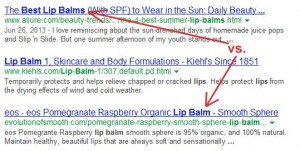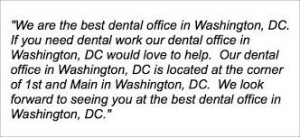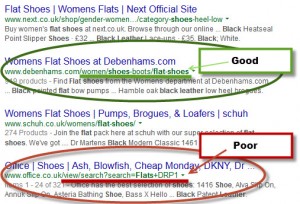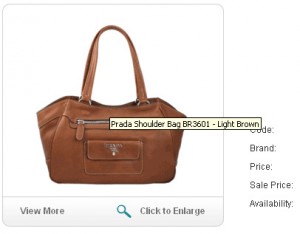Online optimisation has long been a digital marketing strategy to improve search engine page rank. This involves crafting the information architecture, content, design and usability of the website to a way that search engine algorithms like and feature highly on a search (Killoran, 2013). Companies do this to improve website traffic, be worthy of links and general brand awareness.
This blog will focus on keyword optimisation and try to simplify the complex algorithms used by search engines (in particular Google) to identify the most key, keyword points!
Page title
- This is extremely important and the target keyword should have a place in it preferably towards the beginning.
Page content
- There is a growing importance on long-tail keywords which are longer and more specific phrases that customers may use later in the flow of the website. Google Hummingbird understand how those words work together, making it have a more human approach (Wordstream, 2015)
- Google Hummingbird has placed importance on all page contents to provide users with better results than just a home or landing page. This means that all pages of your website should have optimised content that will attract a high page rank, not just the home page.
- It’s key to avoid keyword stuffing. There are various suggested keyword density figures – most seem to say around 2-4% per page is desirable. (This can be checked using Google’s tool www.googlerankings.com/kdindex.php). However a video on youtube by Google suggests it’s more important to create natural and unique content than the % of keywords. (What is the ideal keyword density of a page?, 2011). Below is an extreme example of keyword stuffing:
Headlines
- The headline and the keyword do not have to match exactly but most visitor will expect a similar headline to what they have searched. Google recognises this and will look at the relevance of your H1.
URLs
- These should be relevant and not spammy.
Images & ALT text
- Including images in a keyword page is wise as it helps to improve page rank. First of all it allows your website to appear in an image search but it also improves site structure and Google places an importance on the descriptive ALT text that goes with it. A good ALT text will be desciprtive and link back towards the target keyword. For example:
To illustrate my points, below is a good example of all aspects of keyword optimisation. This page has a relevant URL and description, strong title and headline and interesting and unique content on all pages without keyword stuffing.
I shouldn’t need to tell you this, but obviously all of the above is dependent on your own research and should be taken with a pinch of salt as there are many different opinions on the best ways to use keyword optimisation.
To read more on keyword optimisation this is a very useful article – http://moz.com/blog/visual-guide-to-keyword-targeting-onpage-optimization
References
Killoran, J., 2013. How to Use Search Engine Optimization Techniques to Increase Website Visibility. IEEE TRANSACTIONS ON PROFESSIONAL COMMUNICATION, Vol. 56(No. 1), pp. Pg. 50-66.
Masters, S., 2013. What is Google Hummingbird – new algorithm explained. [Online]
Available at: http://www.stevemasters.co.uk/seo-tips/what-is-google-hummingbird/
[Accessed 10th April 2015].
What is the ideal keyword density of a page?. 2011. [Film] Directed by Google. California: Google Webmasters.
Wordstream, 2015. Long-Tail Keywords: A Better Way to Connect with Customers. [Online]
Available at: http://www.wordstream.com/long-tail-keywords
[Accessed 10th April 2015].






